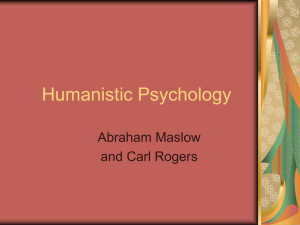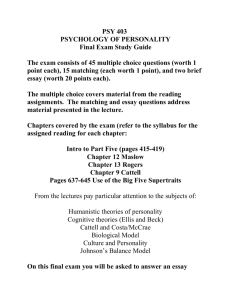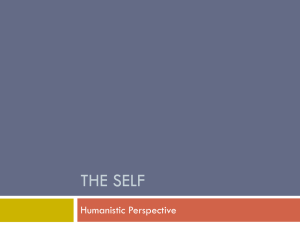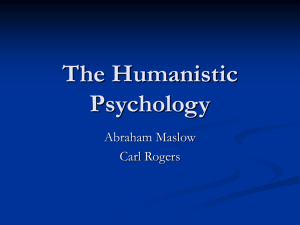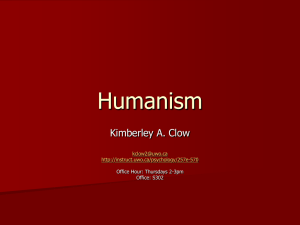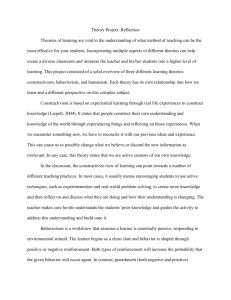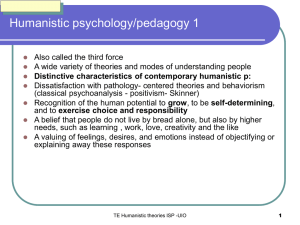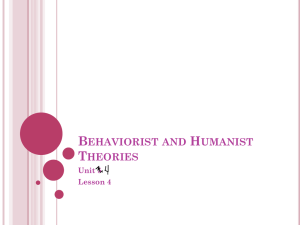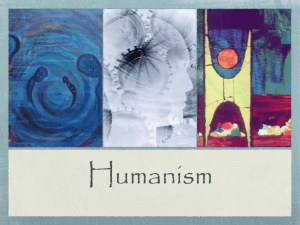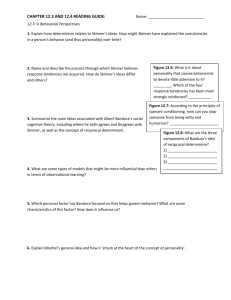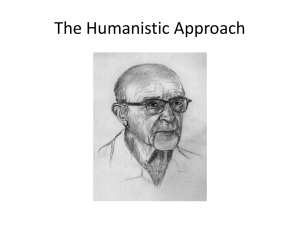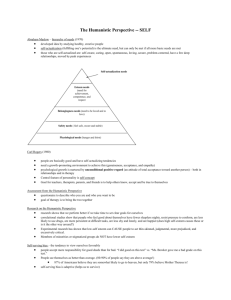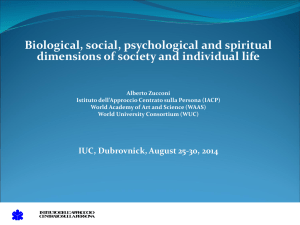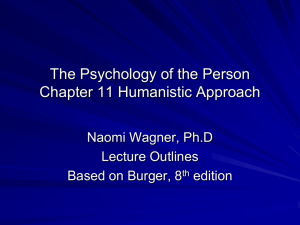Humanistic Approach - Mounds View School Websites
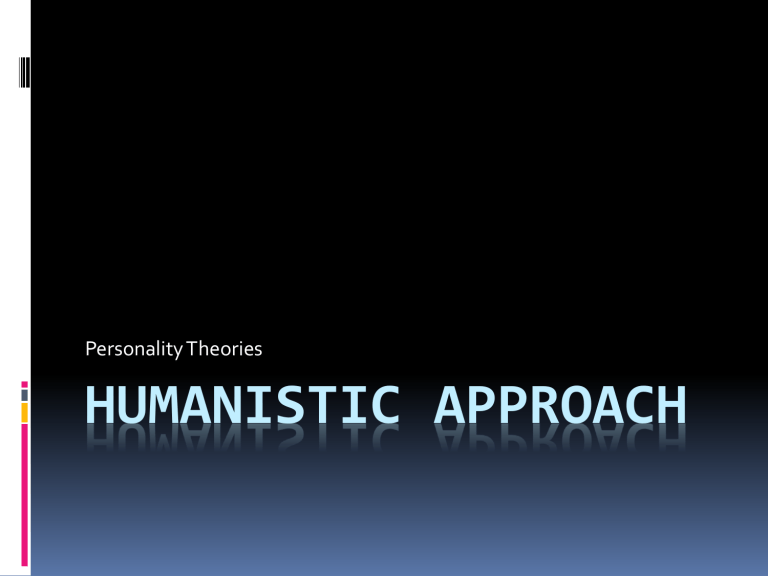
Personality Theories
HUMANISTIC APPROACH
Graphology Results
Barnum Effect
Tendency for people to agree with personality descriptions that they perceive have been specifically tailored for them.
Humanistic Theories: Rejects biological determinism & emphasizes free will and personal growth.
Kurt Cobain
Cobain showed no particular evidence of having outstanding musical skills when he was young
Charles Dutton
How could skinny, frail, Cobain ever take the music industry by storm?
What do these men have in common?
No one would have predicted they would be successful later in life.
How does a mean, tough, convicted murderer become a Yale educated, award winning actor?
Three characteristics of Humanistic
Theories
Phenomenological
Perspective
Your perception of the world, accurate or not, becomes your reality.
Holistic View
Personality traits combine to form a unique entity that functions as a unit.
Self-Actualization
Refers to our inherent tendency to develop and reach our true potential
Discipline
Athleticism
Motivation
Persistence
Desire
Abraham Maslow
Originally a behaviorist, but wanted to focus on human nature, feelings & beliefs.
MLK Jr.
He developed his own theory that emphasized our capacity for growth
(Self Actualization) & our desire to satisfy a variety of needs. (Hierarchy)
Characteristics of a Self Actualized
Person
1. They perceive reality accurately.
2. They are independent and autonomous
3. They prefer to have a deep , loving, relationship with only a few people.
4. They focus on accomplishing their goals.
5. They report peak experiences, which are moments of treat joy and satisfaction.
Maslow’s Hierarchy of Needs
If the tendency toward self-actualization is innate, why aren’t more adults self actualized?
Self –Actualization is the weakest of all needs.
“This inner nature is not strong and overpowering and unmistakable like the instincts of animals. It is weak and delicate and subtle and easily overcome by habit, cultural pressure, and wrong attitudes toward it.”
Childhood experiences may inhibit personal growth.
“freedom within limits” in which there is the right mixture of permissiveness & regulation.
Jonah Complex
We fear and doubt our own abilities.
One must have enough courage to sacrifice safety for personal growth.
Cultural environment may stifle self-actualization by imposing certain norms on major segments of the population.
“Manliness” may prevent the development of traits that characterize self-actualized people
Dead Poets Society
Keating obviously recognizes the need for self-actualization
How does Neil Perry’s
“True Self” become buried?
What factors impede
Neil from selfactualizing?
Why are there millions of dog owners?
Because they love us unconditionally.
The need to feel appreciated is obviously important in this society.
Mother’s Day,
Valentine’s Day
Secretary’s day
Positive regard includes love, sympathy, warmth, acceptance, and respect, which we crave from family, friends, and people important to us.
Conditional VS.
Unconditional Positive regard.
The Real Self:
According to Rogers, our real self is based on our actual experiences and represents how we actually see ourselves.
Why do I sometimes feel that I don’t know myself?
Why do I sometimes say or do things that aren’t really me?
Carl Rogers developed a clever answer to these relatively common and perplexing questions.
Label a blank sheet of paper “Perceived Self”
Spend about 5 minutes describing how you see yourself.
Ideal Self
The ideal self, according to Rogers, is based on our hopes and wishes and reflects how we would like to see ourselves.
Label a piece of paper
“Ideal Self” and spend about 5 minutes describing who you would LIKE TO BE.
Did anyone write the same thing on both papers?
The Humanistic perspective argues that a fully selfactualized person finds the “Ideal Self” completely congruent with the “Perceived
Self”
Contradiction between the ideal and real self
A glaring contradiction between the “real” and
“ideal” self can result in personality problems.
We can resolve these contradictions by paying more attention to our actual experiences, working to have more positive experiences, and paying less attention to the expectation of others.
What might account for the glaring differences between the real & ideal self?
Maturity
Still achieving goals
Still in the process of finding our true identity
How popular is Humanism?
Perhaps the main reason humanistic theories, such as those of Maslow & Rogers, continue to be popular is that they view people as basically good and believe that people can develop their true potentials.
Criticisms?
Provide little or no scientific proof that an innate tendency to self actualize exists.
Description of human behavior rather than an explanation?
Humanistic theories tend to ignore research showing that 20-60% of the development of intellectual, emotional, social, and personality traits comes from genetic factors.
Maslow Rogers

